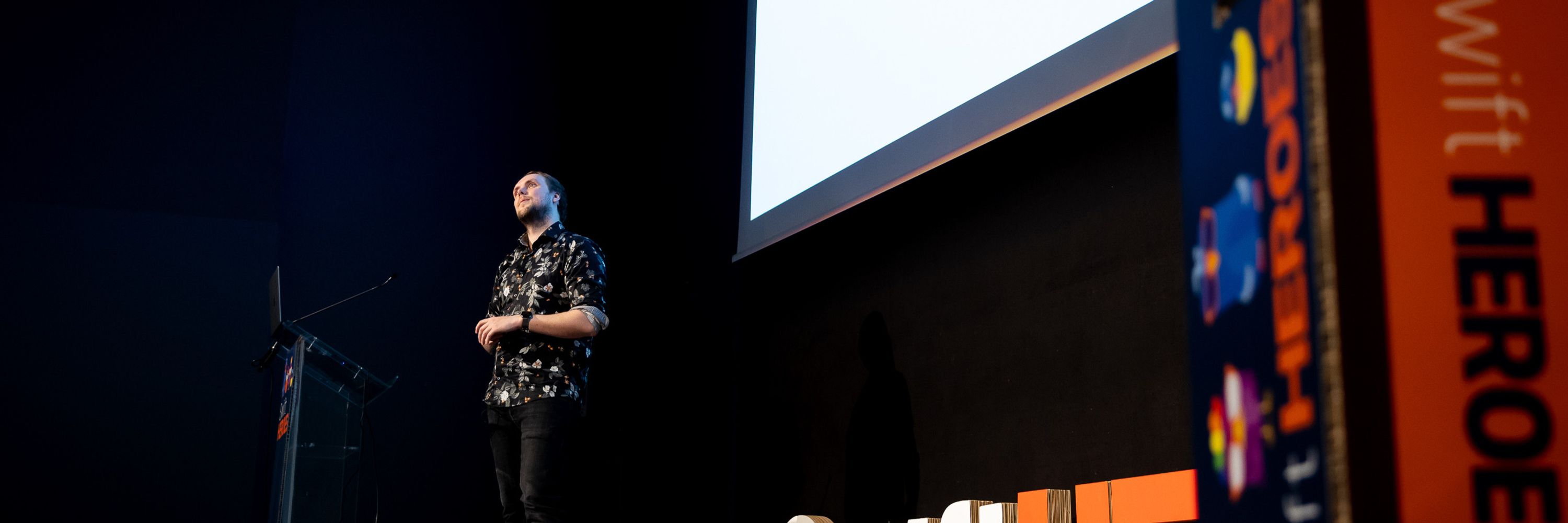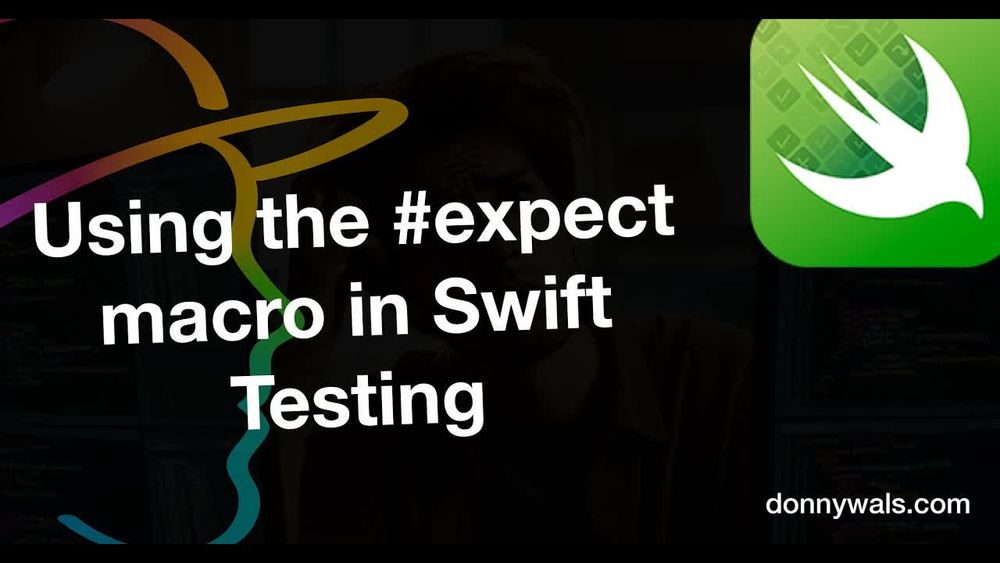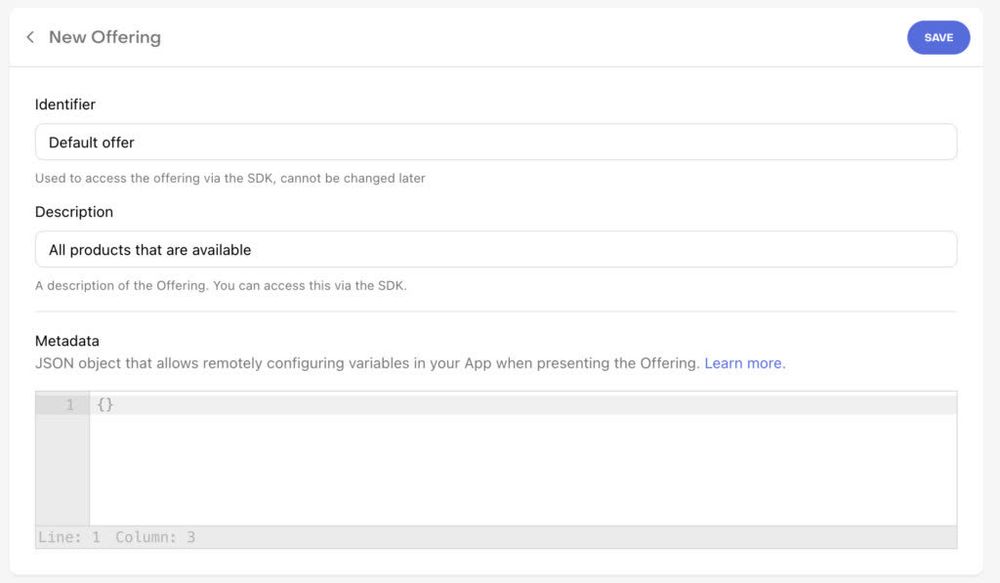
What are your plans for this week? Are you working on anything cool? Learning something new? Tell me all about it 😎
What are your plans for this week? Are you working on anything cool? Learning something new? Tell me all about it 😎
What are your plans for this week? Learning anything new? Working on something cool? Tell me all about it 😎
What are your plans for this week? Learning anything new? Working on something cool? Tell me all about it 😎
https://www.donnywals.com/using-observations-to-observe-observable-model-properties/

https://www.donnywals.com/using-observations-to-observe-observable-model-properties/
Do you have any plans for this week? Learning something new? Working on something cool? Anything at all?
Tell me all about it 😎
Do you have any plans for this week? Learning something new? Working on something cool? Anything at all?
Tell me all about it 😎
We need to talk to a server during the workshop and instead of relying on a network connection at the venue, I'm going to bring the server, and a network with me. 🤷♂️
We need to talk to a server during the workshop and instead of relying on a network connection at the venue, I'm going to bring the server, and a network with me. 🤷♂️
Learn more in this week's post: https://www.donnywals.com/a-deep-dive-into-collections-sequences-and-iterators-in-swift/

Learn more in this week's post: https://www.donnywals.com/a-deep-dive-into-collections-sequences-and-iterators-in-swift/
What are your plans for this week? Are you working on anything cool? Learning something new? Anything at all?
Tell me all about it 😎
What are your plans for this week? Are you working on anything cool? Learning something new? Anything at all?
Tell me all about it 😎





I reflect on this and more in this week's newsletter: https://www.donnywals.com/newsletters/4cHkurGuhPUE45uIhV4uVw/
I reflect on this and more in this week's newsletter: https://www.donnywals.com/newsletters/4cHkurGuhPUE45uIhV4uVw/


See if you make the same mistake: https://www.youtube.com/watch?v=xpAj1xFyvGM
See if you make the same mistake: https://www.youtube.com/watch?v=xpAj1xFyvGM

Read here: https://www.donnywals.com/newsletters/yVt9Cu8UsoCm892UaNZXaGUA/
Read here: https://www.donnywals.com/newsletters/yVt9Cu8UsoCm892UaNZXaGUA/

